10 Interesting Trivia Facts about Chickens, How Many Do You Know?
Chickens are ubiquitous in our world. Whether gracing our dinner tables as a source of protein, providing companionship as backyard pets, or even appearing in ancient mythology, these feathered friends are woven into the fabric of human experience. However, beneath their seemingly ordinary exterior lies a surprising amount of complexity. In this article, we’ll explore ten unexpected facts about these clucking companions, revealing a hidden intelligence, surprising social skills, and even a touch of dinosaur ancestry. Get ready to discover that there’s far more to a chicken than meets the eye!
1. Chickens are descendants of dinosaurs

You may not think that chickens have anything to do with dinosaurs, but scientists have discovered that chickens are a domesticated species of red jungle chickens, which are direct descendants of dinosaurs. In fact, chickens are the closest living relatives to Tyrannosaurus rex. Next time you see chickens, imagine that they are mini dinosaurs, or that the dinosaurs are giant chickens.
2. Chickens can run faster than humans
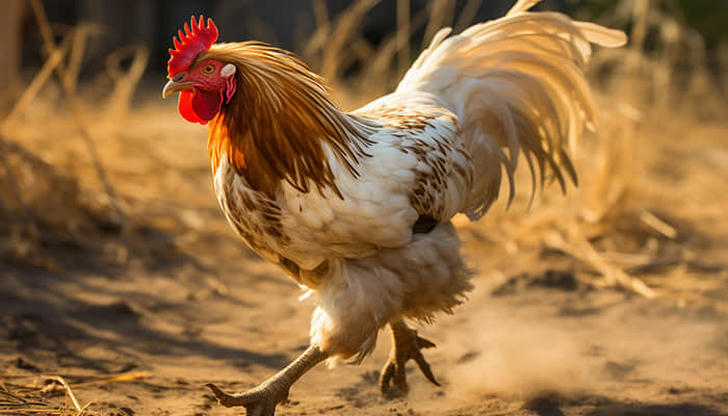
A healthy chicken can run as fast as 9 miles per hour, which is faster than some humans can run. When chickens run, they use their wings for balance, just like dinosaurs. Wild chickens may run to escape predators or to compete for food and territory.
3. Chickens have a complex social structure
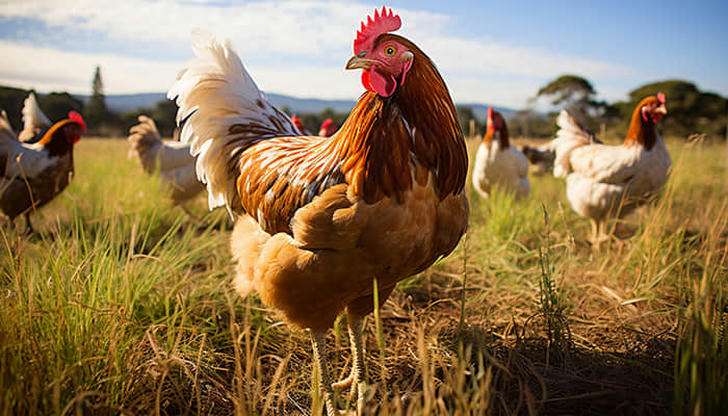
Chicken groups have a complex social structure called a pecking order. The pecking order is a hierarchy that determines the status and rights of chickens. Generally, at the top of the pecking order are one or more roosters, who are responsible for protecting and leading the group, as well as mating with the females. At the bottom of the pecking order are the weaker or older chickens who are often bullied and attacked by other chickens. Chickens establish and maintain pecking order in a variety of ways, such as by pecking, intimidating, fighting, or displaying their feathers and combs.
4. Chickens have rich emotions and personalities
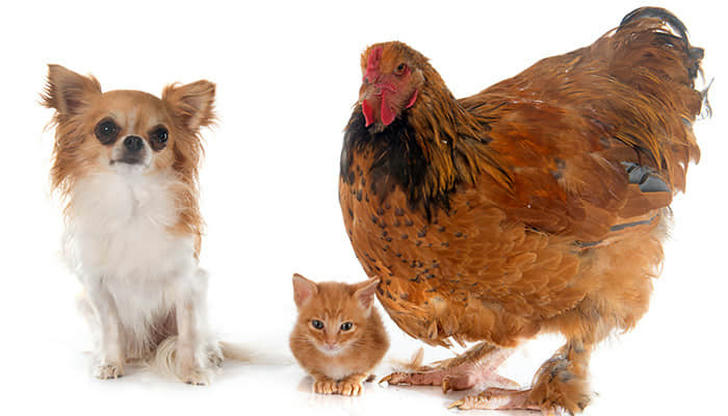
Chickens are not cold and boring animals, they are full of emotions and personalities. Chickens can feel happiness, sadness, fear, curiosity, and more. Chickens can also express their emotions, such as by making different sounds and making different movements. Chickens can also recognize and remember over 100 different human or animal faces and react differently to them. Chickens can form friendships with people or other animals.
5. Chickens have amazing memory and learning abilities
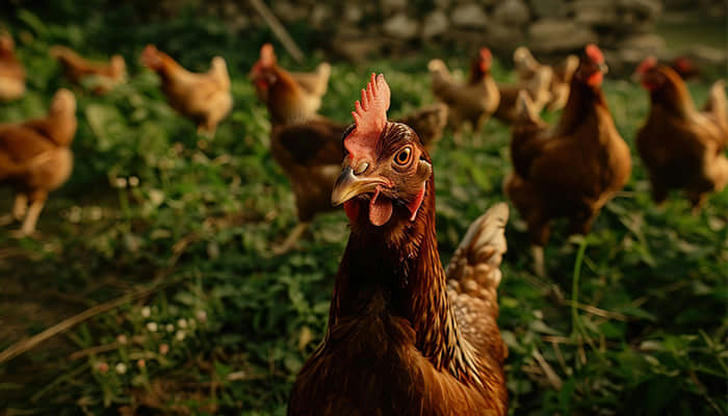
Chickens can remember many things, such as the location of food, the characteristics of predators, their own names, and even simple math. Chickens can also learn new skills through observation and imitation, such as opening doors, playing games, solving problems, and even playing the piano. Chickens can also communicate and cooperate to solve more complex problems, such as finding food, escaping danger, or protecting their offspring.
6. Chickens are one of the first animals domesticated by humans
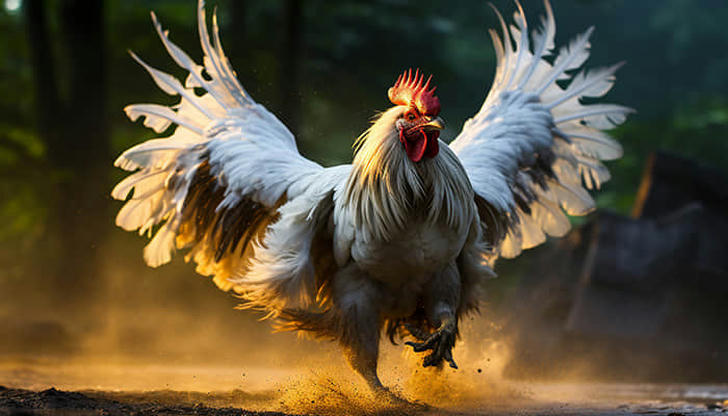
The domestication of chickens dates back at least 4,000 years. Chickens were first domesticated from red jungle chickens in Southeast Asia and India, and then spread to all parts of the world with human migration and trade. The chicken has different meanings and symbols in different cultures and religions. For example, in China, the chicken is a symbol of courage, justice, honesty, prosperity and luck, and is also one of the twelve zodiac animals.
7. There are over 500 different breeds of chickens
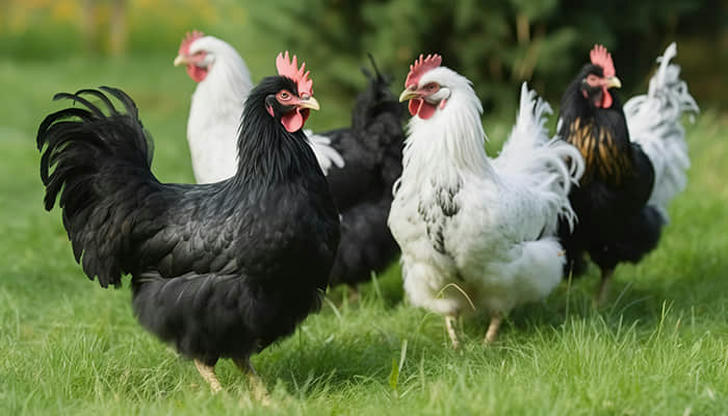
There are approximately 500 different chicken breeds in the world, and they can be divided into several broad categories, such as broiler chickens, egg chickens, dual-purpose chickens, ornamental chickens, and fighting chickens. Chickens also come in many colors, such as white, black, red, yellow and brown. The color and breed of chickens not only affect their appearance, but also their temperament, health, and production.
8. Chickens have different calls and languages
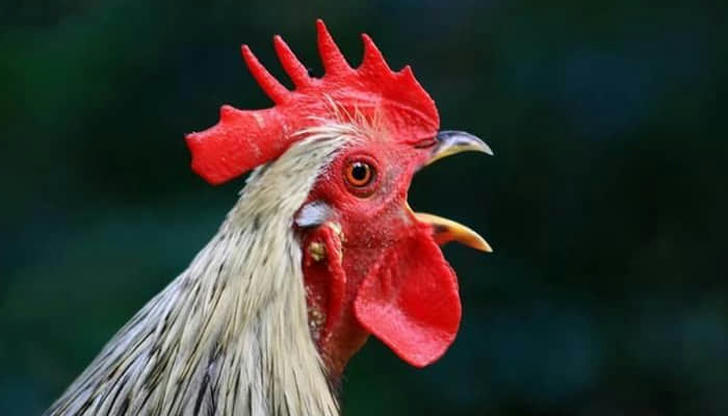
Chickens have different cries and languages that they can use to express their emotions, needs, and intentions. There are approximately 30 different types of chicken crows, each with different meanings and uses. For example, chickens can cluck to express happiness, squawk to express warning, coo to express affection, cluck to express victory, and so on.
9. Chickens have a special sleeping position
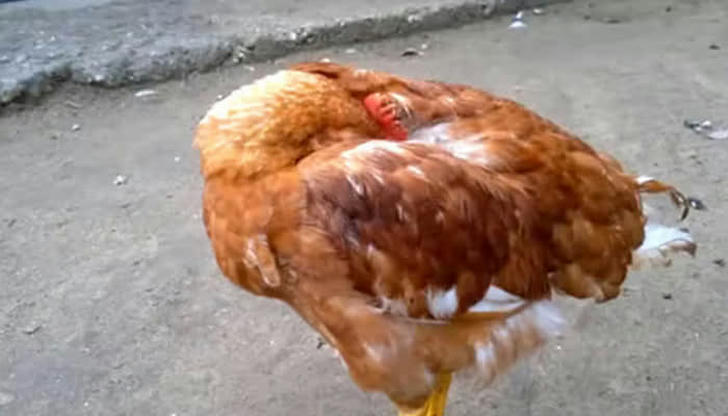
Chickens usually sleep at night, and they will find a safe and comfortable place, such as a tree branch, the roof, or a nest. When chickens sleep, they sometimes stand on one foot, relax the other foot, and hide their heads under their wings. This posture reflects the chicken’s primitive nature as a bird.
10. Chickens have special eating habits
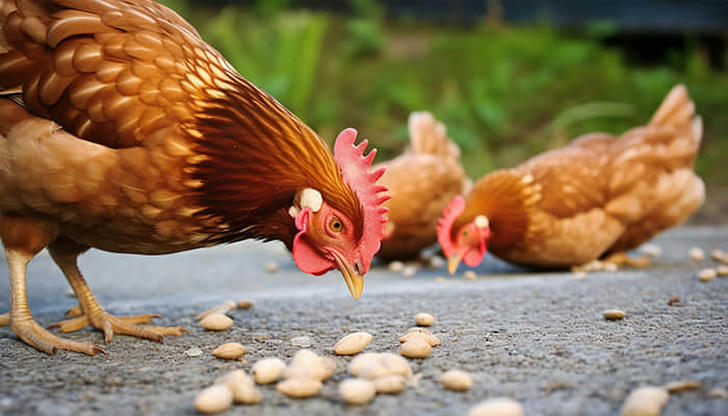
When chickens eat, they peck with their beaks and then swallow with their throats. Chickens have no teeth, so they eat small pebbles to help them grind food in their gizzards. A chicken’s gizzard is one of their digestive organs and is located on their chest.
